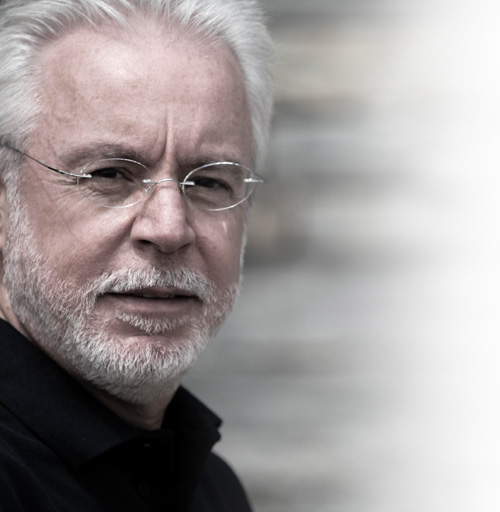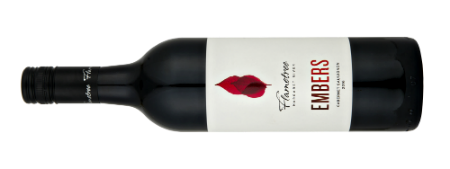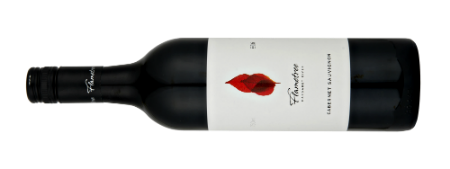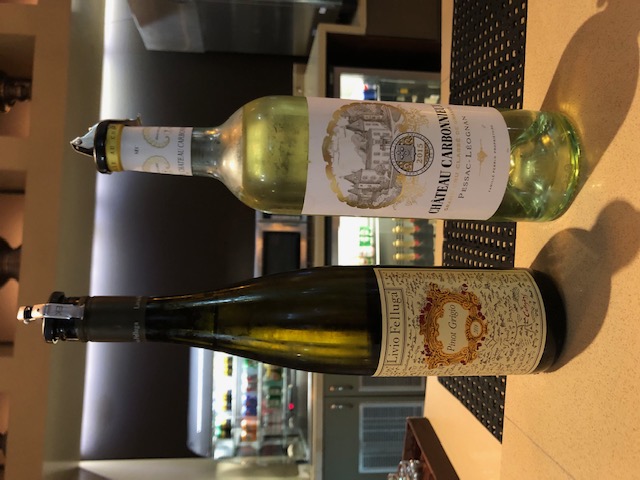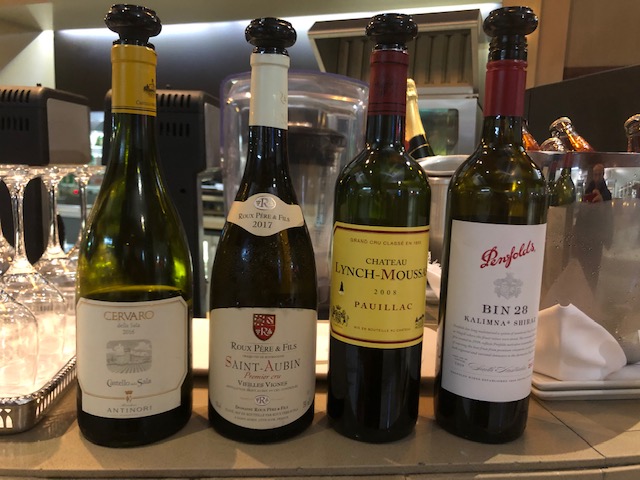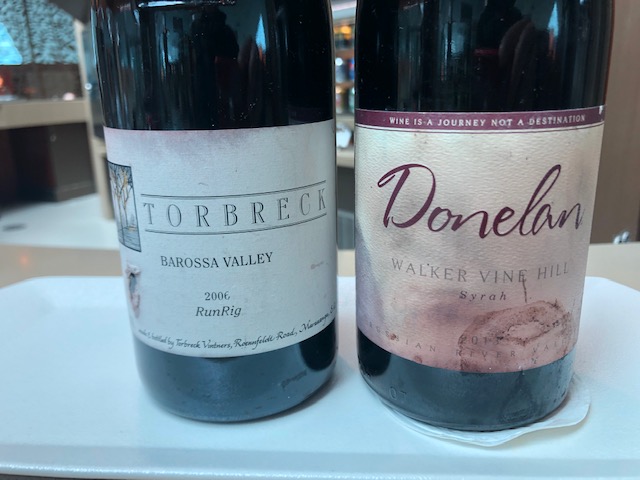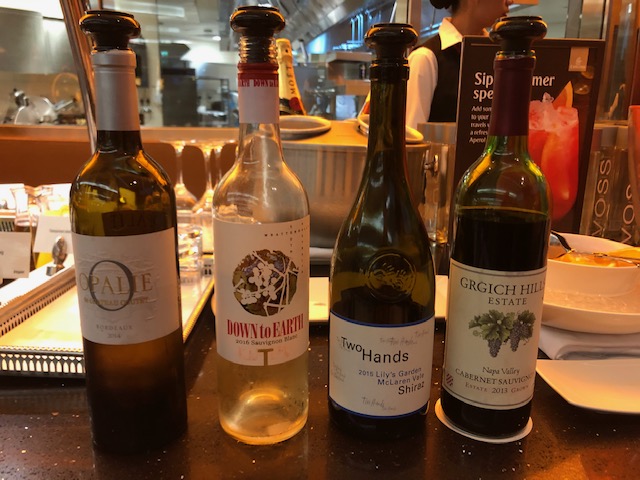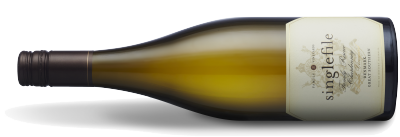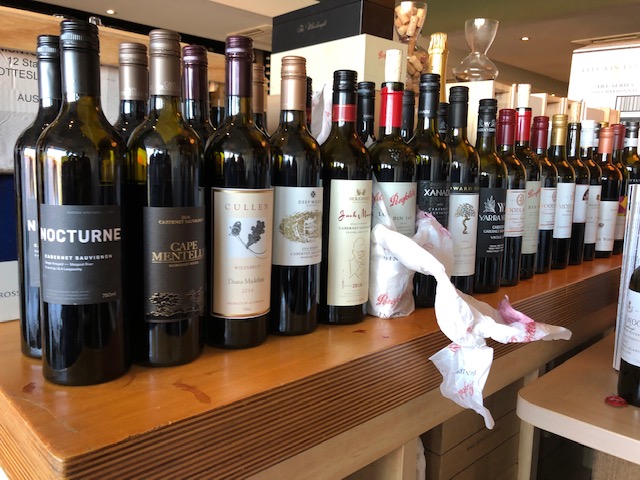Barry Weinman: 8th August 2019
As it is with all professions, some winemakers are more capable than others. And then there is the elite few, who seem to be able to regularly achieve things that others can’t. Perhaps it is a result of hard work, technical expertise, passion, a special understanding of the vineyards, or even an innate affinity for turning grapes into wine.
In the Margaret River region, there are a number of excellent winemakers producing world class wines. If wine show awards are any guide, then Julian Langworthy at Deep Woods Estate must rank amongst the region’s best. Since taking over the reins in 2011, Deep Woods has been awarded more than 25 trophies and 70 gold medals in major wine shows. This includes numerous trophies for best Cabernet in show.
I am not the only one to sing Julian’s praises. He is currently James Halliday’s Winemaker of the Year and was awarded the same title from Ray Jordan in 2017.
What makes the Deep Woods offering even better is the value that the wines offer. Be it the entry level, Estate or Reserve wines, you will be hard pressed to find better value for money at their respective price points.
Reviewed.
Deep Woods Estate – Semillon/Sauvignon Blanc – Ivory – 2019. ($15). Supple fresh tropical fruit notes, with cleansing acidity. Excellent summer drinking.
Deep Woods Estate – Semillon/Sauvignon Blanc – 2018 ($20). Bright nose with citrus and herbal notes. The palate is more subdued than the Hillside, but with the same textural components from lees/barrel work. This is a subtle/supple wine, with decent depth (trophy winner).

Deep Woods Estate – Semillon/Sauvignon Blanc – Hillside – 2018 ($25). More gooseberry and grass, with extra mid-palate weight and texture courtesy of a component of barrel- fermented fruit. The refreshing acid backbone suggests that this would take food well.
Deep Woods Estate – Verdelho – Verde – 2016. Grassy, and with gentle viscosity, this is crisp and very dry. This is worth a look, as it would be great on a hot day, with food, or with a few years in the cellar.

Deep Woods Estate – Chardonnay – 2018. ($20). Very attractive, with almond/cashew nut, flint and complex smoky notes all in balance. The palate is bright and supple, with gentle worked notes adding depth. Excellent value indeed (wild yeast ferment, 20% new oak).
Deep Woods Estate – Cabernet/Shiraz – Ebony – 2017 ($15). Vibrant, lifted fresh red berry fruit aromas from the Cabernet, with the Shiraz adding hints of satsuma plum. The palate is fresh, but has enough texture to keep the palate balanced. Pasta or Pizza? Great everyday drinking at this price.
Deep Woods Estate – Shiraz et al – 2017. (Shiraz/Malbec/Grenache) ($20). I like the balance here. The fruit is ripe and fruit forward, but the spicy structure adds depth. The tannins are fine and there is a lick of savoury oak adding texture. Drinks well now.
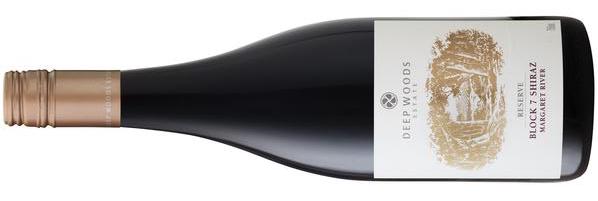
Deep Woods Estate – Shiraz – Block 7 – 2017 ($50). Wow. The rich and ripe fruit here is most attractive, with sweet, vanillin oak highlights adding to the package. The palate is refined and silky, with polished tannins and texturing oak that is well integrated. Souring acidity builds on the close, adding vitality. Delicious, but also worthy of a few years in the cellar (sees a proportion of whole-bunch fermentation).
Deep Woods Estate – Cabernet Sauvignon/Merlot – 2017. I was impressed by the amount of minerality on show here. Yes, there is ripe and savoury fruit, but the subtle oak and fine tannins keep the whole package a little closed right now. With air, this builds, but remains medium bodied, reflective of the year.
Deep Woods Estate – Cabernet Franc – 2018 ($30). Big, ripe and textured, with power to the fruit that is in the blueberry spectrum. The tannins are prominent, but in balance with the fruit. Oak is not obvious, but the texture suggests that this has seen a little barrel work. Notable length and persistence.
Deep Woods Estate – Cabernet Sauvignon – Willyabrup – Grand Selection – 2012 ($130). Perfumed, but with a core of powerful ripe fruit on the nose. That power continues on the palate, though the refined tannins and oak still keep the fruit in check, despite the extra years in bottle. Opens and builds in layers but needs years to reach its peak. Gets a little chewy to close. For the long haul.
Deep Woods Estate – Cabernet Sauvignon – Yallingup – Grand Selection – 2012 ($130). A little more blueberry fruit, as compared to the Willyabrup. More minerality and texture on the palate, and a touch more savoury too. Needs years, but this is already a great drink. This really builds in the glass, with the power of the fruit coming into its own. Impressive wine indeed.


